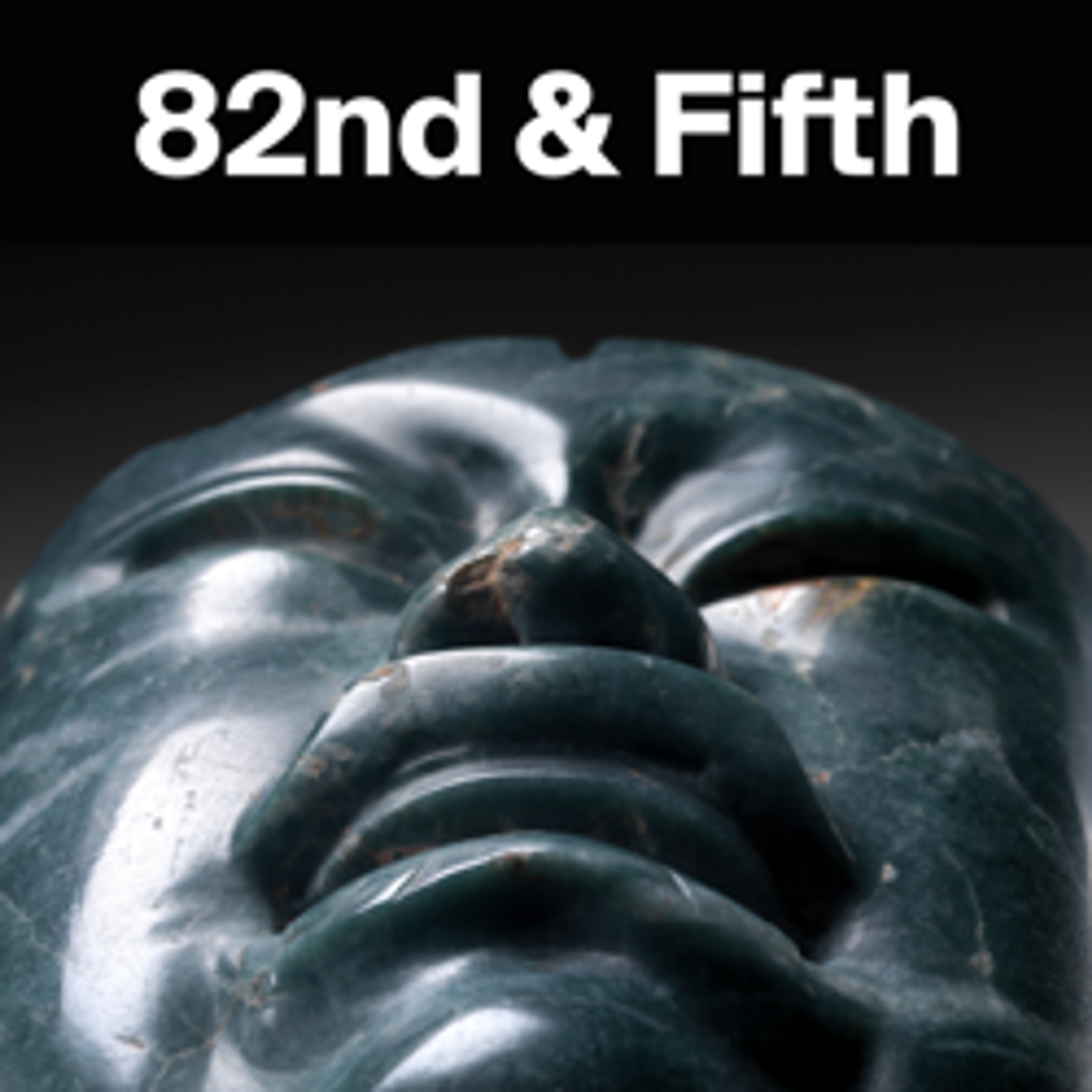The Parable of the Wise and Foolish Virgins
Blake'w watercolor contrasts two groups of young women. Those at left hold full oil lamps and their luminous forms are arranged to resemble a classical low-relief sculpture, whereas their companions at right are agitated, dressed in dark clothing, and lack any source of light. The related parable in Matthew 25:1–4 urges spiritual preparedness: "Then shall the kingdom of heaven be likened unto ten virgins, which took their lamps, and went forth to meet the bridegroom. And five of them were wise, and five were foolish. They that were foolish took their lamps, and took no oil with them. But the wise took oil in their vessels with their lamps." A trumpeting angel flying overhead signifies that the moment of judgment has arrived.
Artwork Details
- Title: The Parable of the Wise and Foolish Virgins
- Artist: William Blake (British, London 1757–1827 London)
- Date: ca. 1799–1800
- Medium: Watercolor, pen and black ink, brush and wash, over graphite
- Dimensions: Sheet: 14 3/16 × 13 1/16 in. (36 × 33.2 cm)
- Classification: Drawings
- Credit Line: Rogers Fund, 1914
- Object Number: 14.81.2
- Curatorial Department: Drawings and Prints
More Artwork
Research Resources
The Met provides unparalleled resources for research and welcomes an international community of students and scholars. The Met's Open Access API is where creators and researchers can connect to the The Met collection. Open Access data and public domain images are available for unrestricted commercial and noncommercial use without permission or fee.
To request images under copyright and other restrictions, please use this Image Request form.
Feedback
We continue to research and examine historical and cultural context for objects in The Met collection. If you have comments or questions about this object record, please complete and submit this form. The Museum looks forward to receiving your comments.
